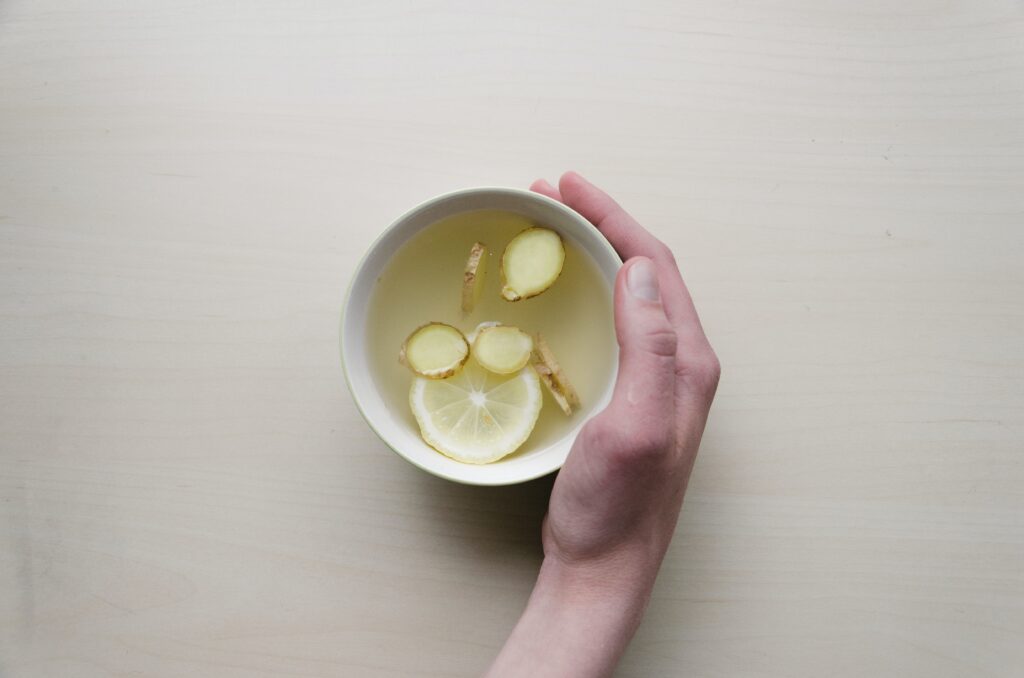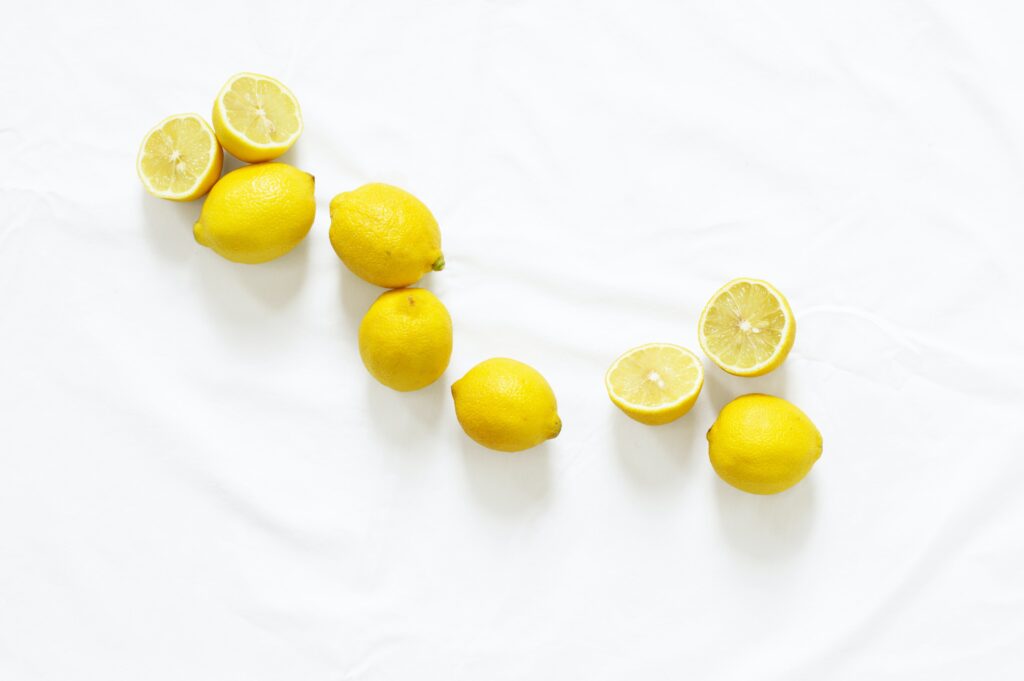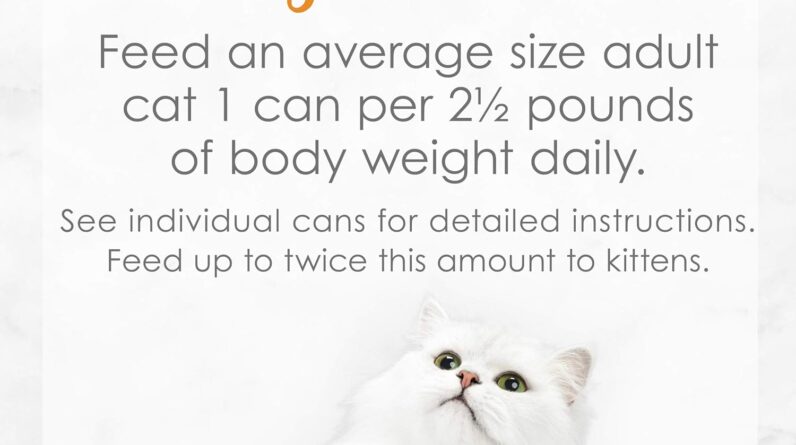
Are you a cat owner curious about whether it is safe for your feline friend to enjoy a bowl of milk? Many of us have grown up with the notion that cats love milk, but is it actually good for them? In this article, we will explore the age-old question and uncover the truth about whether cats can safely indulge in this creamy beverage. So, sit back, relax, and let’s separate fact from fiction when it comes to cats and milk.

Table of Contents
The Myth of Cats and Milk
Cats and Milk: A Common Belief
Many people have grown up with the belief that cats and milk go hand in hand. From the cartoons we watched as children to the stories we heard from family and friends, the idea of a cat happily lapping up a bowl of milk has been deeply ingrained in our minds. However, the truth is that cats and milk don’t always mix well. While some cats may tolerate milk without any issues, others can suffer from various digestive problems and health issues as a result of consuming milk. In this article, we will delve into the myth of cats and milk, understanding cats’ digestive systems, potential risks of milk consumption, alternatives to milk for cats, when milk consumption is safe, introducing milk to your cat, signs of milk allergy or intolerance, and the importance of understanding your cat’s individual needs.
Understanding Cats’ Digestive Systems
To understand why milk can be problematic for cats, we need to take a closer look at their digestive systems. Cats are obligate carnivores, which means their bodies are biologically designed to consume and thrive on a diet primarily consisting of meat. While they do require a certain amount of moisture in their diet, they obtain it mainly from the food they eat. Unlike humans who have an enzyme called lactase that breaks down lactose (the sugar found in milk) into simpler forms for digestion, most adult cats lack a sufficient amount of lactase in their systems. As a result, consuming milk can lead to lactose intolerance in cats.
Lactose Intolerance in Cats
Lactose intolerance occurs when the body is unable to digest lactose properly, leading to various symptoms such as bloating, gas, diarrhea, and discomfort. When cats consume milk, the lactose present in the milk remains undigested and passes through their digestive system, reaching the large intestine where it ferments. This fermentation process causes the release of gases and can lead to digestive upset and diarrhea. Therefore, although the idea of a cat happily lapping up a bowl of milk may seem cute and appealing, it is essential to remember that not all cats can tolerate milk, and it may do more harm than good to their health.
Potential Risks of Milk Consumption
Digestive Upset and Diarrhea
One of the major risks associated with milk consumption in cats is digestive upset and diarrhea. As mentioned earlier, most adult cats lack the necessary enzyme to break down lactose, leading to lactose intolerance and gastrointestinal discomfort. Consuming milk can disrupt their delicate digestive balance, causing bloating, gas, stomach cramps, and loose stools. These symptoms can range from mild to severe, depending on the individual cat’s sensitivity to lactose.
Obesity and Weight Gain
Another risk of drinking milk is the potential for obesity and weight gain in cats. Milk, especially when it’s not formulated specifically for cats, can be high in fat and calories. Feeding a cat with excessive amounts of milk can lead to weight gain and obesity, which can have detrimental effects on their overall health. It’s crucial to remember that cats have specific dietary requirements, and excessive consumption of milk can disrupt their nutritional balance and contribute to weight-related issues.
Nutritional Imbalance
Besides the risks of digestive upset and weight gain, milk can also create a nutritional imbalance in a cat’s diet. Cats require a balanced diet that consists primarily of high-quality animal protein, certain essential nutrients, and a controlled amount of fats and carbohydrates. While milk may provide some nutrients, it is not a complete and balanced source of nutrition for cats. Relying solely on milk as a hydration option can lead to deficiencies in essential nutrients, which can have long-term health consequences for your feline companion.
Alternatives to Milk for Cats
Water: The Best Hydration Option
When it comes to keeping your cat hydrated, water is the best and safest option. Cats, like all living creatures, need water to survive and thrive. Providing your cat with fresh, clean water at all times is essential for maintaining their overall health and well-being. Make sure to refill their water bowl daily and keep it in a place easily accessible to them. If your cat seems reluctant to drink sufficient amounts of water, consider providing them with a water fountain, as the running water may encourage them to drink more.
Specialized Cat Milk Products
If you still want to indulge your cat with a milk-like treat, several specialized cat milk products are available in the market. These products are formulated specifically for cats and are usually lactose-free or have reduced lactose content. They are designed to mimic the taste and texture of milk while being safe for cats to consume. These cat milk products can be given as an occasional treat, but always remember to check the label for any additional ingredients that may not be suitable for your cat.
Homemade Milk Substitutes
For cat owners who prefer a more natural approach, homemade milk substitutes can be an option. However, it is crucial to ensure that these substitutes are carefully prepared and suitable for your cat’s digestive system. Some common homemade alternatives to milk include diluted meat broth or bone broth, which can provide the desired flavor while minimizing the risks associated with lactose intolerance. It is advisable to consult with your veterinarian before introducing any homemade milk substitute to ensure it meets your cat’s nutritional requirements and is safe for consumption.
When Milk Consumption is Safe
Kittenhood and Mother’s Milk
While adult cats may struggle with lactose intolerance, it is worth noting that kittens are biologically equipped to consume their mother’s milk during their early development. Mother’s milk serves as a complete source of nutrition for newborn kittens, providing vital nutrients and antibodies that help support their growth and immune system. As kittens grow and develop, their bodies naturally produce the enzyme lactase, which helps them digest lactose. However, it’s important to remember that as kittens transition to eating solid food, the need for their mother’s milk decreases, and their ability to digest lactose may diminish as well.
Cat Breeds that Tolerate Lactose
While most adult cats are lactose intolerant, certain cat breeds may have a higher tolerance for lactose compared to others. Studies have suggested that breeds such as Siamese and Balinese cats have a higher prevalence of lactase persistence, meaning they can digest lactose more effectively. If you own a cat from one of these breeds, they may be more likely to tolerate small amounts of milk without experiencing severe digestive upset. However, it is essential to monitor their response carefully and consult with your veterinarian before including milk in their diet.
Moderate Milk Intake for Healthy Cats
For otherwise healthy adult cats that do not suffer from lactose intolerance, moderate milk consumption may be safe. Moderation is key when it comes to treating your cat with milk. It is important to offer milk as an occasional treat rather than a regular part of their diet. By doing so, you minimize the risks of digestive upset, weight gain, and nutritional imbalances. Always pay attention to your cat’s individual response, and if you notice any adverse effects, it is best to discontinue milk consumption and consult with your veterinarian.

Introducing Milk to Your Cat
Consulting with Veterinarians
Before introducing milk to your cat’s diet, it is crucial to consult with your veterinarian. Your veterinarian knows your cat’s specific health needs and can provide personalized advice and guidance. They will be able to assess whether your cat’s current health status allows for the introduction of milk and recommend specific types or brands that may be suitable for your cat’s individual needs. Your veterinarian can also help you determine if your cat has any underlying health conditions or sensitivities that may make milk consumption unsafe.
Testing for Milk Tolerance
If you’re unsure about your cat’s tolerance for milk, your veterinarian may suggest conducting a milk tolerance test. This test involves gradually introducing small amounts of milk to your cat’s diet while monitoring any signs of digestive upset or intolerance. By starting with tiny quantities and gradually increasing the amount, you can assess your cat’s response and adjust their diet accordingly. It is crucial to remember not to force milk consumption if your cat shows any signs of discomfort or intolerance.
Gradual Milk Introduction
When introducing milk to your cat, it’s important to do so gradually. Abruptly introducing a new food or drink, especially one that may be unfamiliar to your cat’s digestive system, can increase the likelihood of adverse reactions. Start by offering a small amount of milk as an occasional treat and observe your cat’s reaction. If they enjoy it and do not experience any negative symptoms, you can continue offering milk but always in moderation. Any sudden changes in your cat’s behavior, such as vomiting or diarrhea, should prompt you to discontinue milk consumption and seek advice from your veterinarian.
Signs of Milk Allergy or Intolerance
Digestive Symptoms
If your cat is intolerant or allergic to milk, they may exhibit various digestive symptoms after consuming milk. These symptoms can include vomiting, diarrhea, abdominal pain, bloating, excess gas, or changes in bowel movements. Some cats may only experience mild symptoms, while others may have more severe reactions. It is important to note that these symptoms may not always manifest immediately after milk consumption and can occur within hours or even days later.
Skin and Coat Issues
In addition to digestive symptoms, cats with milk intolerance or allergies may develop skin and coat problems. These issues can include itching, redness, rashes, or excessive grooming. Milk allergies can also contribute to the development of acne or other skin conditions. If you notice any unexplained changes or irritations in your cat’s skin or coat after consuming milk, it is advisable to discontinue milk consumption and consult with your veterinarian.
Respiratory and Eye Symptoms
In rare cases, cats with milk allergies or intolerances may exhibit respiratory symptoms or eye problems. These symptoms can include sneezing, coughing, wheezing, nasal or eye discharge, or redness and swelling in the eyes. If your cat experiences any of these symptoms after consuming milk, it is crucial to seek immediate veterinary attention.

Conclusion
Understanding your cat’s individual needs and catering to their specific dietary requirements is crucial for their overall health and well-being. While the myth of cats and milk may persist, it’s important to remember that milk is not a necessary or ideal part of a cat’s diet. For most adult cats, milk consumption can lead to digestive upset, weight gain, and nutritional imbalances. However, for kittens and certain cat breeds that tolerate lactose, milk can be temporarily included in their diet. When offering milk to your cat, it’s important to consult with your veterinarian, test for milk tolerance if necessary, and introduce milk gradually. Ultimately, moderation, veterinary guidance, and understanding your cat’s unique needs are key to maintaining their health and happiness.




